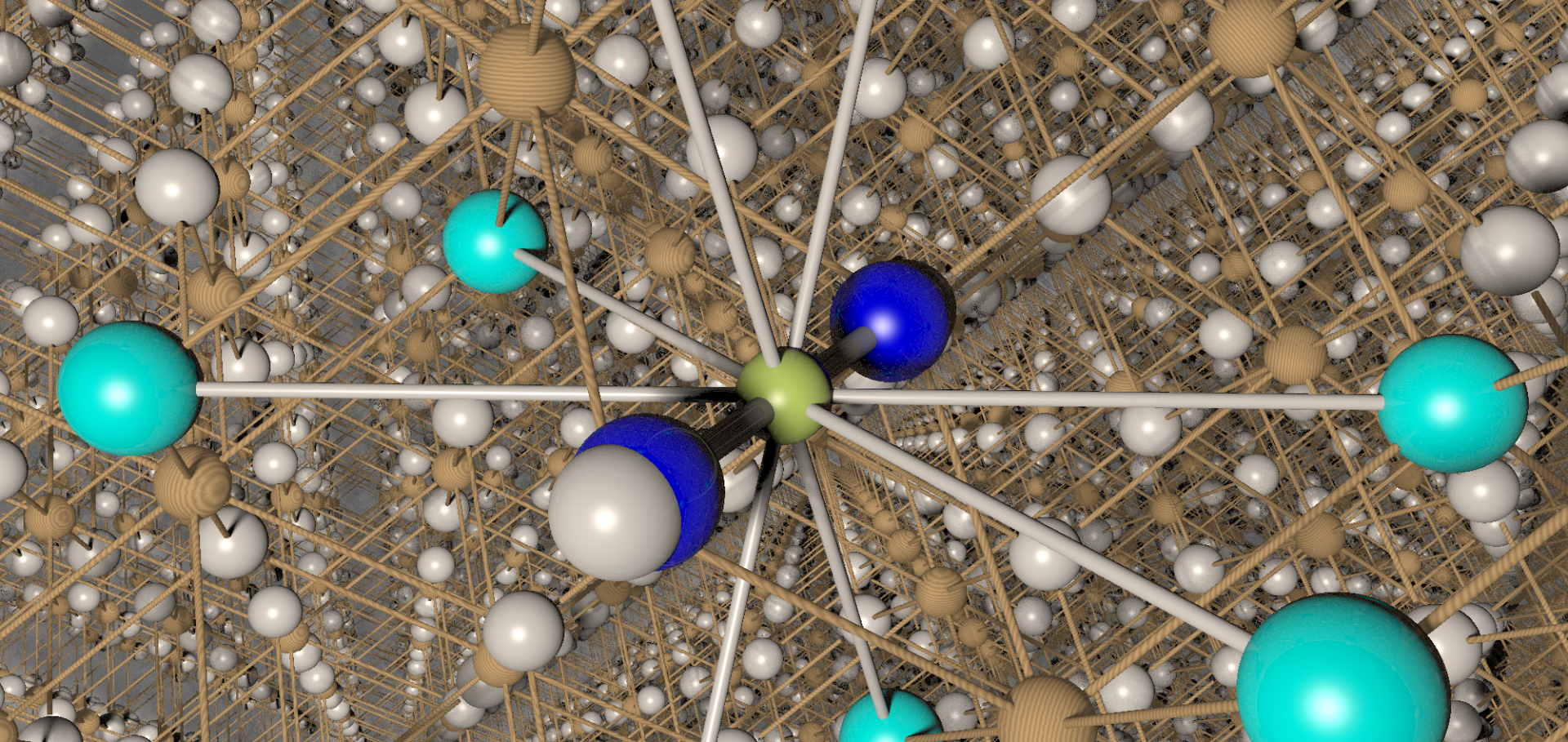Magnetism in Geometrically Frustrated YMnO3 Under Hydrostatic Pressure Studied with Implanted Muons
(2006)
The kagome staircase compounds Ni$_{3}$V$_{2}$O$_{8}$ and Co$_{3}$V$_{2}$O$_{8}$ studied with implanted muons
(2006)
Persistence to high temperatures of interlayer coherence in an organic superconductor
(2006)
Muon-spin relaxation measurements on the dimerized spin-1/2 chains NaTiSi2O6 and TiOCl
(2006)
Will spin-relaxation times in molecular magnets permit quantum information processing?
(2006)


